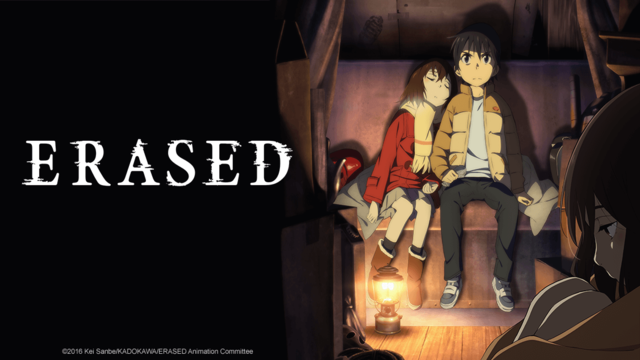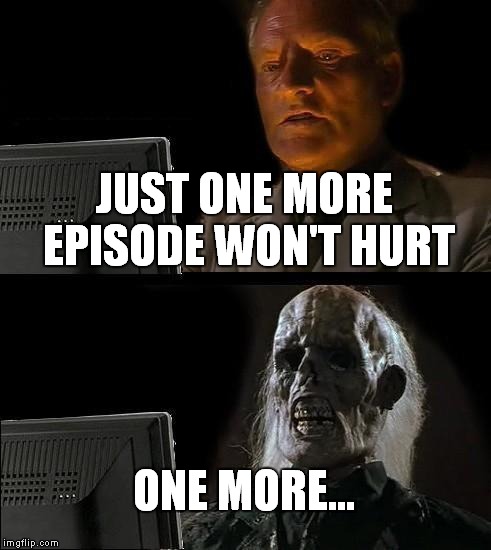Economist Ed Dolan has a couple of interesting posts at the Niskanen Center. His first one draws on data from the Economic Freedom of the World index, the Legatum Prosperity Index, and the Human Freedom Index. Based on his breakdown, personal freedom and economic freedom are positively correlated.

And while the relationship between personal freedom and economic freedom and real GDP is nonlinear, a “one-point increase in EFI is…associated with a 0.61 point increase in the PFI rather than the 0.91 point increase that was estimated without including GDP. All of these results are statistically significant at a 0.01 level of confidence.”

In short, “personal freedom and economic freedom are positively associated with each other, and…both freedom indexes are positively associated with prosperity as measured by real GDP per capita. Good libertarians should expect these results and be gratified to find them confirmed.”
These indices also demonstrate that “human freedom in both its economic and personal manifestations contributes positively to human well-being as measured by data on education, health, and personal safety—another result sure to please libertarian readers.”

And yet, “[w]hen we look at the simple correlations between the personal freedom index and the EFI components, we find they are all are positive, as expected, except that for the size of government (SoG), which is negative. The correlation of SoG with the personal freedom index is -0.16. Remember that for all components of the EFI, a higher value means more freedom, so the negative coefficient means that a larger government is associated with greater freedom. That is not what most libertarians would expect. Is this just an anomaly or a real statistical regularity?”
After pointing out some of the shortcomings of the EFI’s “size of government” measure, Dolan instead employs data regarding the ratio of total government expenditures to GDP from the IMF World Economic Outlook. Check the comparisons below:


What these measurements show is:
- First, the data appear to support notion that economic freedom makes a positive contribution to personal freedom and prosperity. That holds true whether we measure prosperity in a narrowly economic sense, as GDP per capita, or in a broader sense, using noneconomic indicators of education, health, and personal safety.
- Second, the data do not support the notion that a larger government is necessarily detrimental to either freedom or prosperity. On the contrary, countries with larger government sectors tend to have more personal freedom and higher indicators of education, health, and personal safety.
I’m reminded of Nathaniel’s review of Francis Fukuyama’s books on political order: “Fukuyama is dismissive of arguments about the quantity of government in favor of arguments about the quality of government.” In Dolan’s second post, he attempts to measure the quality of government using subsets of the same three databases as before:
- “Legal system and property rights” (EFI): “indicators of judicial independence, impartiality of courts, and protection of property rights.”
- “Rule of Law” (HFI): “indicators of procedural justice, civil justice, and criminal justice. These subcomponents consider factors such as adherence to due process and the presumption of innocence, the risk of arbitrary arrest, and the degree to which civil and criminal courts are subject to corruption and improper government influence.”
- “Governance” (LPI): “measures of confidence in the government and elections; the corruption perceptions index from Transparency International; a measure of the level of democracy; and an overall measure of government effectiveness from the World Bank’s Doing Business survey.”
Check out how quality and size of government go together below:

And to drive the point home:

Dolan obviously provides much more detailed explanations than what I’ve shown here, but the graphs alone should make his conclusions fairly clear:
- The size of government per se is not an especially useful indicator. Simple correlations based on cross-country data suggest that by and large, people who live in countries with relatively large governments, as measured by the share of GDP devoted to government spending, are better educated, healthier, safer, and generally more prosperous. They also tend to enjoy greater personal freedoms.
- On the other hand, cross-country data on the rule of law, protection of property rights, and other measures of the quality of government show strong, positive associations with quantitative indicators of freedom and prosperity.
- When size and quality indicators are compared directly, using multivariate analysis that controls for the effects of per-capita GDP, quality dominates. In such tests, the size of government turns out to have little effect one way or the other on most measures of freedom and prosperity.
Dolan is quick to point out, “There is a lot of variety in the world. Too strong a focus either on statistical regularities or on selected outliers can draw us too strongly toward conclusions that, in reality, admit of many exceptions. For example, the small-government city states of Singapore and Hong Kong are rightly admired for their prosperity and economic freedoms. However, it gives one pause to note how many small-government countries enjoy neither. Chad, Bangladesh, and the Democratic Republic of Congo, labeled in the chart, are just the outliers among a whole cluster of countries in that category.”
Perhaps the focus should be on improving our government rather than simply shrinking it.
 A couple months ago, I gave a talk on “trials and their purpose“, which basically become a discussion of the problem of evil in Mormon thought. I read a number of books in preparation for it, including David B. Hart’s The Doors of the Sea, Michael Austin’s Re-reading Job, and N.T. Wright’s Evil & the Justice of God. Two books that I didn’t finish prior to the talk was Jon Levenson’s Creation and the Persistence of Evil and Gregory Boyd’s God at War: The Bible & Spiritual Conflict. The latter in particular I wish I had finished in time. Boyd, a Princeton-educated theologian and pastor, approaches the problem of evil from what he calls the warfare worldview: the perspective that this world is a battlefield between spiritual forces of good and evil. He argues that the
A couple months ago, I gave a talk on “trials and their purpose“, which basically become a discussion of the problem of evil in Mormon thought. I read a number of books in preparation for it, including David B. Hart’s The Doors of the Sea, Michael Austin’s Re-reading Job, and N.T. Wright’s Evil & the Justice of God. Two books that I didn’t finish prior to the talk was Jon Levenson’s Creation and the Persistence of Evil and Gregory Boyd’s God at War: The Bible & Spiritual Conflict. The latter in particular I wish I had finished in time. Boyd, a Princeton-educated theologian and pastor, approaches the problem of evil from what he calls the warfare worldview: the perspective that this world is a battlefield between spiritual forces of good and evil. He argues that the

 The story follows Satoru, a 29-year-old loner who experiences what he calls “Revival”: jumps backward in time–signaled by a mystic blue butterfly–moments before deadly events occur. These “revivals” are usually only about 1-5 minutes. However, when his mother (a former journalist) digs up an old kidnapping case and is herself murdered by the kidnapper,[ref]This is the first episode, so it’s not much of a spoiler.[/ref] Satoru’s revival takes him back 18 years to grade school prior to the original kidnappings that set all of the story’s events in motion. As a child with the memories of his 29-year-old self, Satoru seeks to befriend the kids that would eventually end up as victims in an attempt to save them and catch the killer. While the series is wracked with tension from the unfolding murder mystery, the emotional resonance is particularly potent[ref]The breakfast scene![/ref] as the show delves into the subjects of loneliness, abuse, and finding joy in the relationships we create.
The story follows Satoru, a 29-year-old loner who experiences what he calls “Revival”: jumps backward in time–signaled by a mystic blue butterfly–moments before deadly events occur. These “revivals” are usually only about 1-5 minutes. However, when his mother (a former journalist) digs up an old kidnapping case and is herself murdered by the kidnapper,[ref]This is the first episode, so it’s not much of a spoiler.[/ref] Satoru’s revival takes him back 18 years to grade school prior to the original kidnappings that set all of the story’s events in motion. As a child with the memories of his 29-year-old self, Satoru seeks to befriend the kids that would eventually end up as victims in an attempt to save them and catch the killer. While the series is wracked with tension from the unfolding murder mystery, the emotional resonance is particularly potent[ref]The breakfast scene![/ref] as the show delves into the subjects of loneliness, abuse, and finding joy in the relationships we create.









